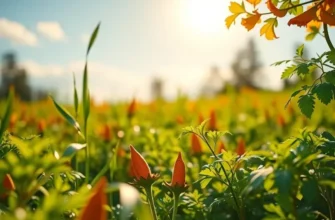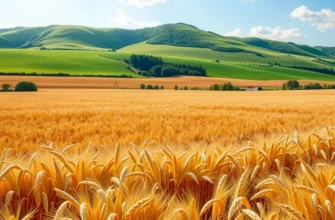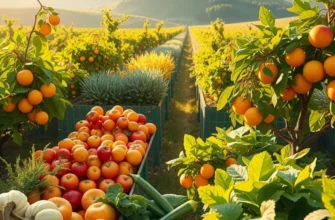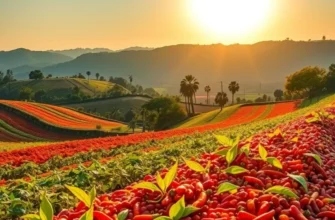Cold climates have birthed unique culinary traditions shaped by harsh environments and the necessity of preservation. From the hearty stews of Scandinavia to the fermented delicacies of Siberia, these dishes not only nourish the body but tell stories of resilience and cultural heritage. Delve into the culinary wonders born of frost and snow, where each bite embodies the spirit of the region and the ingenuity of its people.
Hearty Comfort: Scandinavian Cuisine
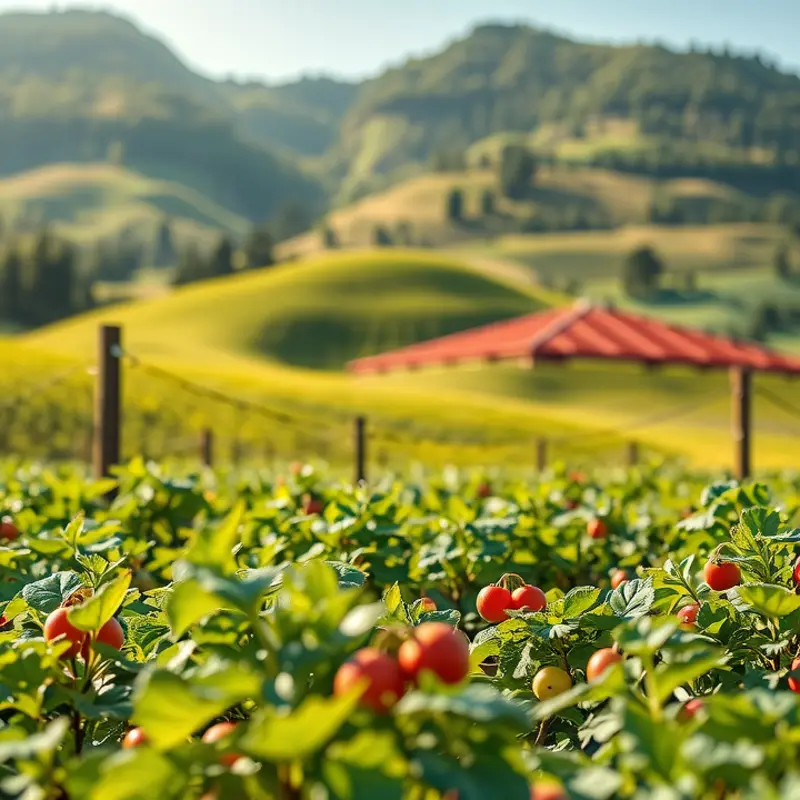
Scandinavian cuisine is a testament to resilience, creativity, and the ability to find joy even amid the harshest conditions. Rooted deeply in the natural resources available, traditional dishes unlock a world of flavors steeped in history and community.
The staples of Scandinavian kitchens often revolve around seafood, which is abundant in the frigid waters surrounding the region. Herring, in particular, is a cornerstone—not just as a source of sustenance but as a crucial part of cultural identity. Pickling transforms humble herring, giving it a tangy vitality that enhances its presence on tables from Norway to Sweden.
Potatoes, planted since their introduction in the 18th century, have become integral. Their versatility and nutritional value make them indispensable. Whether boiled, roasted, or crushed into potatisbullar, these tubers complement the protein-rich seafood, adding comforting warmth to every meal.
Beyond potatoes and seafood, game meats such as reindeer, elk, and moose stand out. A robust source of protein, game meats are often preserved through smoking and curing, techniques perfected over centuries. These methods not only extend the shelf life of food during long winters but also enrich textures and flavors.
Among the most distinctive preparations is lutefisk, dried whitefish treated with lye, which, after careful preparation, yields a unique and gelatinous texture. Despite its polarizing taste, it remains an important culinary artifact, embodying the spirit of Scandinavian hospitality. Similarly, gravad lax, cured salmon with dill, offers a delicate yet savory experience. This dish highlights the Scandinavian knack for simple yet profound combinations that pay homage to their natural bounty.
The role of fermentation in Scandinavia is immense. Sauerkrauts, sourdoughs, and various pickled vegetables not only provide essential nutrients during the dark winter months but create complex flavors. These traditions align closely with modern sustainable practices, as they promote reduced waste and efficient use of available resources. For those interested in learning more about reducing food waste, this guide on low-waste cooking provides valuable insights.
Scandinavia’s culinary traditions are as much about community as they are about ingredients. Gathering around a table laden with bowls of creamy seafood chowder or platters of smoked meats is an invitation to share warmth and camaraderie. Recipes passed down through generations ensure the survival of these traditions, offering comfort and familiarity in an ever-changing world.
Additionally, the dramatic seasonal changes in Scandinavia—the endless days of summer and the long, introspective nights of winter—shape the food landscape significantly. During the brief bursts of summer, the land is abundant, encouraging the preservation of fresh berries and herbs to be savored when the ground is frozen. These shifts in nature are mirrored in the dining habits of the people, creating a dynamic celebration of life alongside each changing season.
In essence, Scandinavian cuisine is a warm embrace against the cold, a testament to generations who have turned necessity into tradition and simplicity into culinary art.
Preservation and Innovation: Siberian Delicacies
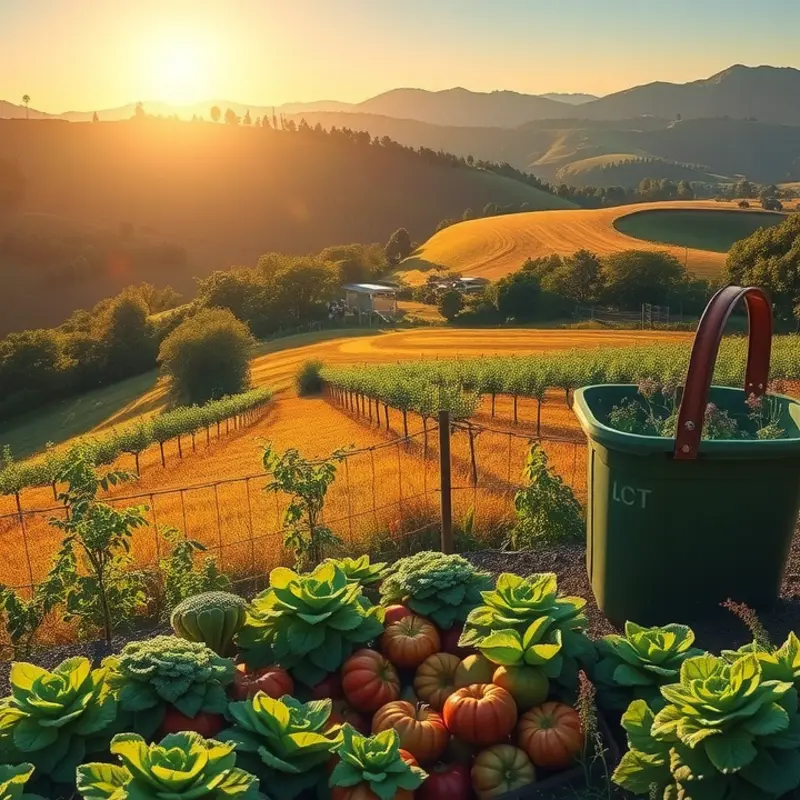
Siberia embodies a culinary resilience forged over centuries of surviving some of the planet’s harshest climates. At the heart of this resilience lies a deep understanding of preservation techniques tailored to the extreme cold that defines the region’s landscape.
Fermentation, a cornerstone in many cold-climate traditions, plays a vital role here, ensuring that vital nutrients are stored throughout the long, unforgiving winters. Salo, or cured pork fat, is a staple, cherished not only for its rich flavor but also for its caloric density, providing necessary warmth and energy during the severe cold. This delicacy’s preparation involves salting and seasoning the pork fat before allowing it time to cure, sometimes combined with garlic and herbs which infuse it with a delightful aroma and added flavor.
Another fermentation marvel, kefir, provides a tangy escape from the monotony of preserved foodstuffs. This effervescent dairy drink, made by fermenting milk with kefir grains, not only refreshes but also benefits gut health with its wealth of probiotics, a health benefit now also recognized in various non-dairy alternatives (learn more about probiotics here).
Foraging, an ancient practice, remains a practical and cultural pillar of Siberian life. The forests and meadows become treasure troves during the short summer months, offering an abundance of wild herbs, berries, and mushrooms. Siberians forage for moroznik mushrooms, lingonberries, and other local flora, which they dry, pickle, or preserve to enhance their winter diets. The earthy aroma of these elements brings the forest into the home, tethering families to the land even as they shelter against the harsh winter winds.
Mushrooms hold a particular place in local hearts. They are not merely sustenance but a cultural artifact that represents community and cooperation. Families often partake in subbotnik — communal forest foraging days — where mushrooms are gathered and recipes long held in oral tradition are shared among generations.
As traditional practices persevere, modernization subtly alters the culinary landscape. Younger generations, while cherishing ancestral methods, are also embracing innovations that marry tradition with convenience and efficiency. For instance, Siberian chefs are crafting fusion dishes that combine foraged ingredients with international techniques, creating a dynamic blend that respects the past while looking toward the future.
The interplay between preservation and innovation in Siberia encapsulates a unique narrative of survival and adaptation. It’s a testament to the enduring human spirit and the bond between people and their environment. This intricate dance between old and new promises a rich and flavorful experience, ensuring that Siberian delicacies remain vibrant and relevant in the global culinary scene.
Final words
Culinary traditions in cold climates highlight the resilience and creativity of cultures that thrive under challenging conditions. These flavors tell stories of preservation, innovation, and community, revealing how each dish represents the spirit of its people. From the rich, hearty meals of Scandinavia to the vibrant foraged ingredients of Siberia, cold-weather cuisines embody both necessity and celebration. As food enthusiasts and culturally curious readers dive into these culinary worlds, they gain not just knowledge but an appreciation for the intricate relationship between climate, culture, and cuisine. Embrace the warmth of these dishes and consider the histories and stories layered within every bite as you explore global culinary traditions.


